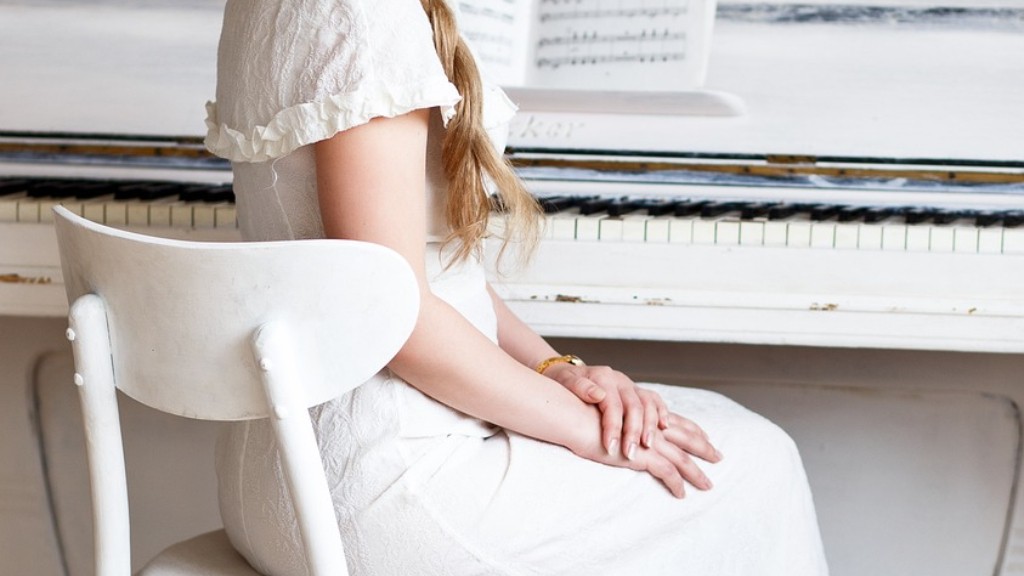Drawing a head with hair can be both challenging and rewarding. You can create a beautiful end-product, but it takes time, patience, and knowledge of technique. Here’s a step-by-step guide to getting a nice head and hair drawing.
Gather Your Materials
Getting your materials together ahead of time will make get your artistic juices flowing, so have your pencils, erasers and paper ready before you start. If you have them, add in some colored pencils, felt tip pens and pastels to give yourself more options.
Draw the Contours and Outline
You need to start by sketching the overall shape of the head, which usually comprises an oval or circle shape for the face and a long curved line from the top to the neck. Once you’ve got the basics down, you can add the details such as the eyes, nose and mouth. Once you’re happy with the shape of the head, you can move on to the hair.
Drawing the Hair
Hair can be a complex thing to draw, but it can be made easier by learning a few simple rules. Begin by sketching out the direction of the hair first – start off with the big strokes first, then you can come in with the more detailed strokes later. This will help you capture the general direction of the hair and give it more definition.
Colour and Texture
Depending on the medium you’ve chosen, hair can be drawn in a range of colors and textures. Colored pencils will provide more subtlety and charm, or you can use felt tip pens for a bolder look. You can also use a combination of mediums – for example, adding some pastels to give the hair more depth and definition.
Stepping Back and Finishing Touches
Once you’ve drawn the hair, it’s a good idea to step back and take a look at the overall shape. Is it looking the way you wanted? Are there any areas that could be tweaked? The key is to make sure you’re happy with what you see, and that includes making any necessary changes or adding any final touches before you can call your drawing complete.
Adding Emphasis to Your Art
If you’re looking for something extra, you can use shadows and highlights to add emphasis to your drawing. By outlining certain strands of hair or adding a light touch of shading, you can bring out the details and add a more dynamic feeling to your artwork.
Making it Yours
The great thing about drawing a head with hair is that you can make it your own. You can combine techniques to give your artwork your own unique look. Experiment with color and texture, and don’t forget to have fun with it. After all, that’s the best way to get the results you’re looking for.
Shading and Highlighting
Shading and highlighting hair can be tricky, but it can make a huge difference in your artwork. Start off by lightly shading the general area of the hair and then add more shading and highlighting to create shape and volume. You can use different values of shading and highlight to bring out the highlights and shadows. This will give your hair a more realistic feel.
Adding Textures & Details
If you want to add more depth to your hair drawing, you can incorporate textures in the form of braids, waves, curls, or anything else you can think of. You can also add some details such as hair bands, clips, and other accessories to give it an even more unique look.
Conclusion
Drawing a head with hair can be a fun and rewarding experience, but it does take some practice and skill to get it just right. With patience and dedication, your hair drawing will come out looking more and more realistic. So have fun as you practice, experiment and make it your own!

